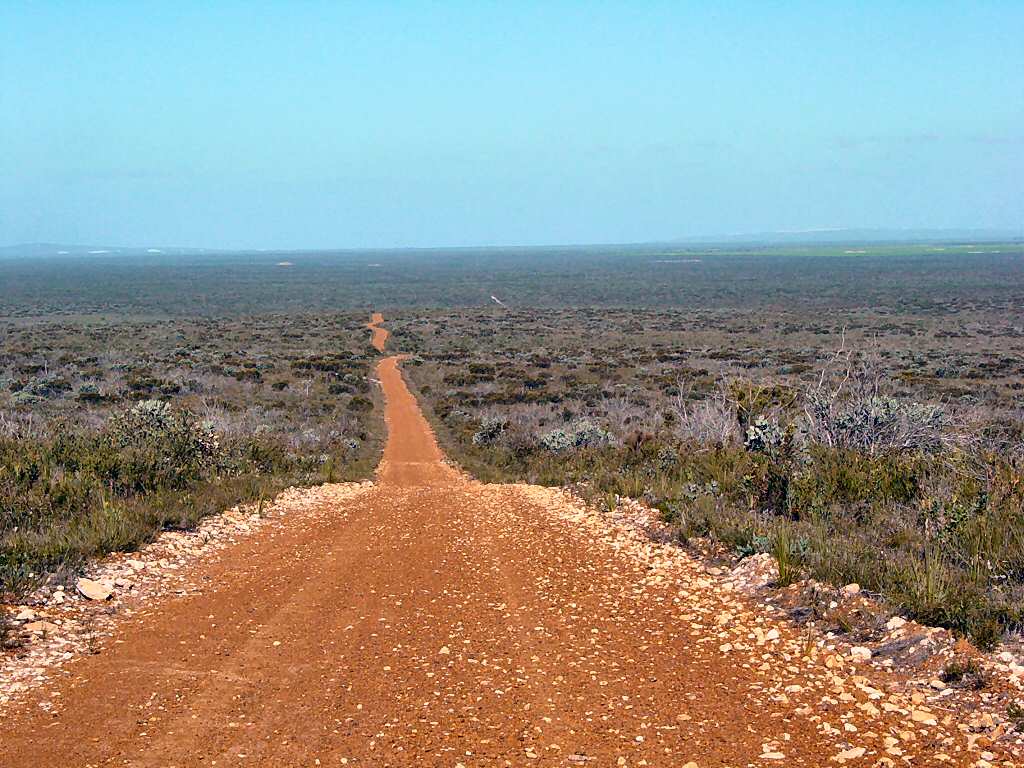Remote Medicine: As Described by Sport Medicine Physician, Antonio Cogliano, M.D.

We’ve recently received a very interesting write-up on rural and remote medicine, as seen through the eyes of a traveling sport medicine physician, Antonio Cogliano. Dr. Cogliano often travels to remote or third world countries with the sports teams he is involved with, and faces a series of challenges in providing ongoing care to the athletes with limited resources and medical facilities. A portable ultrasound system allows him the luxury of diagnosing how serious or minor injuries can be, without having to wait for clinic or hospital access.
Take a read through his article, below, to learn a great deal of insight into his interesting role as a traveling physician:
“Cultural aspects aside (although controversial and interesting for sure), the striking part for me about remote medicine, particularly in the almost third world setting of Nunavut (as compared to the other more prosperous Territories), is the back to basics nature of the clinical assessment. In the main community where I work, X-rays are a rare luxury, done by Inuit support staff in between all her health centre maintenance housekeeping duties and translation support. The machine is archaic and functional only 15% of the time and basically gives you a chest x-ray in a small person or some distal limbs. Quality is poor due to the machine, and there is no digital format for passing the information along to consultants. No 3G (although soon to change), to just take a photo and text it to consultants a 2 hour flight away (Kugluktuk NU to Yellowknife NWT). So it is a photo on a camera, a 30 minute download to computer, and 30 minute send via email – if internet is working well that day – which is uncommon. So one gets used to interpreting the films you can get very well. Blood work goes out once a week and has a 10% success rate of surviving obstacles such as flight cancellations due to weather or sample degradation to extreme temperature fluctuations in transport to Yellowknife, Edmonton or Ottawa (2-3 day travel). The only point of care testing is a urine dip stick, glucometer and vitals and ekg.
This leaves good old fashioned history and physical exam.
For MSK medicine, clinical exam is King, especially in an environment of almost no imaging.
I live this life all the time during my sport medicine practice where I cover about 200 sporting events a year (games and practices).
At last, as per the teaching of the EDE gurus, that physical exam has been extended with POCUS.
For 3 months in Nunavut and Pan Am games, my small, very portable loaner Sonosite machine became a most useful tool.
It never replaced my clinical exam, but always enhanced it – from fracture assessment to pulmonary effusion to heart failure.
In Nunavut where the only way to consultant or imaging support is via a plane – the financial impact of making a diagnosis that can be treated in the community is financially enormous. The once daily scheduled flights are $1,000 – $2,000, if you can get one. A med evac is $10,000.
Patients feel like something extra is being done when they get an US and that helps with the anxiety that comes from not being “sent out” – if you can demonstrate it is safe to stay. There is definitely a fun factor for patient and physician alike. I feel like a better clinician.
Interestingly, our community received an old standard US machine once my newly acquired skill was known. It had too many buttons for me, and was awkward to move around for my needs. I look forward to acquiring a portable option soon (possibly an Interson SeeMore system) for Nunavut and my travelling nomadic sport medicine life as a team physician that travels with athletes. In some of my Soccer Canada travels to Central America, a practice may be hours off into the country. I like to be equipped with emergency supplies and eventually some diagnostic POC options. In sport medicine, ruling out something serious so that the player can be safely returned to the field of play with some analgesia – that is a game changer.”
– Antonio Cogliano, M.D.
For more information on SeeMore’s systems and their applications, contact us for more information.
